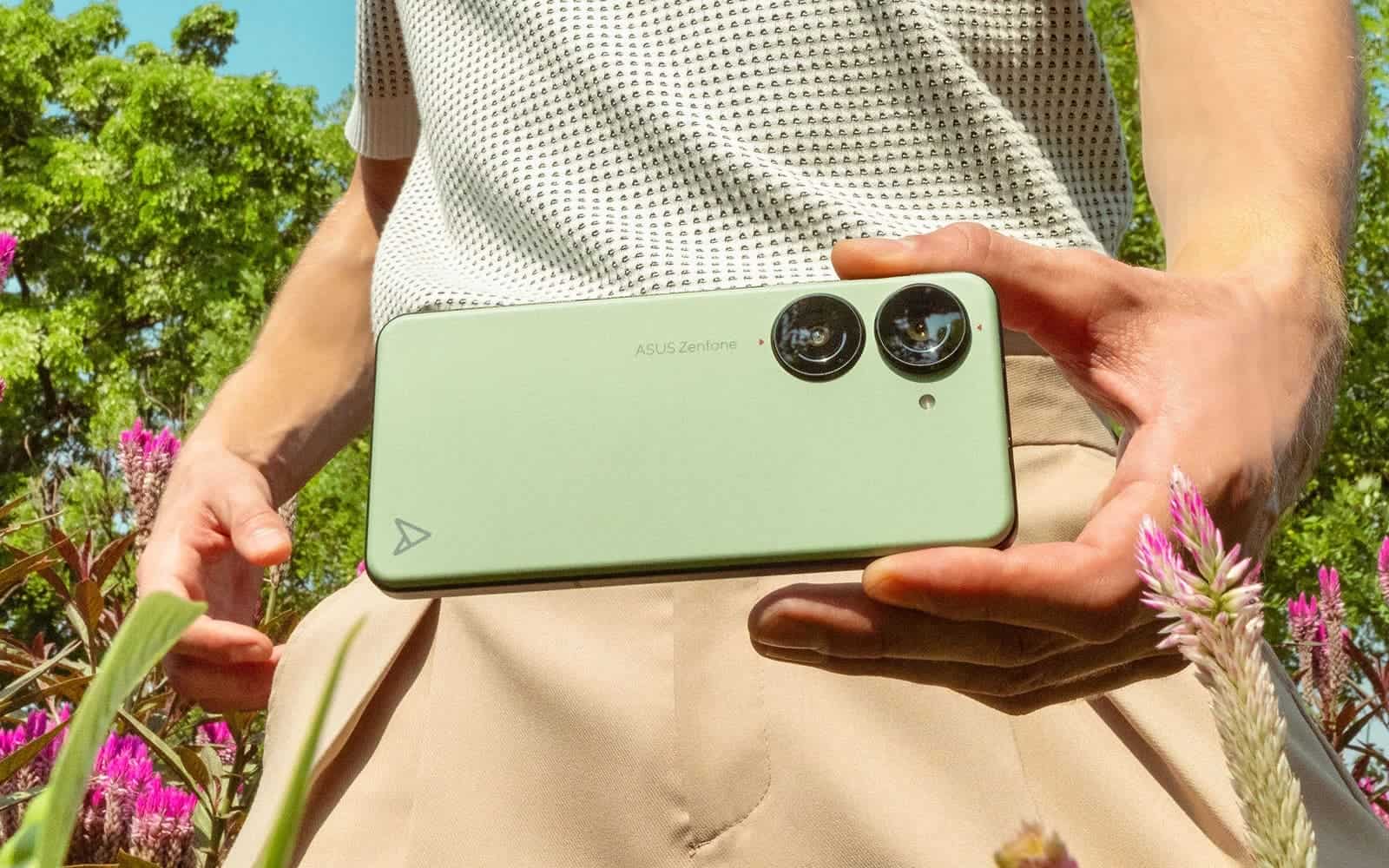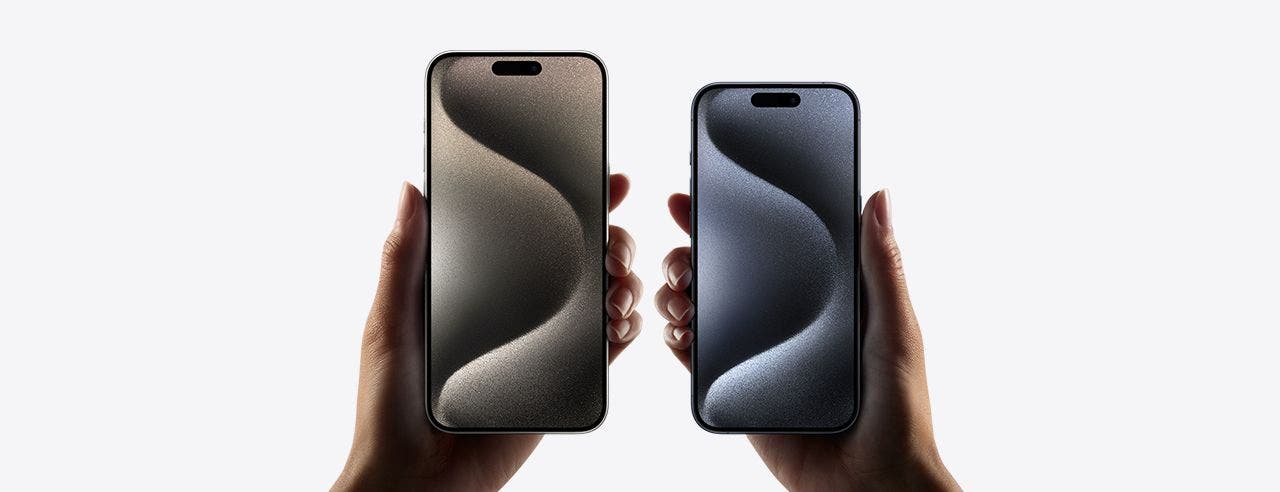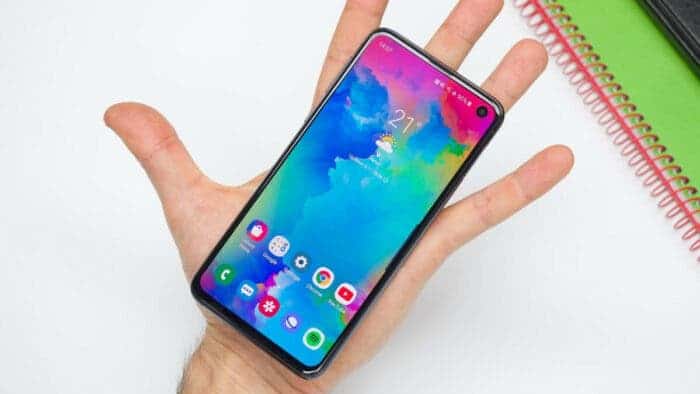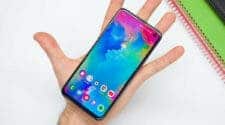For many years, the smartphone landscape has been dominated by an ever-increasing screen size. While undeniable advantages exist with larger displays, a dedicated segment of users remains loyal to the convenience and ergonomics of compact phones. This article explores the current state of compact phones, the challenges they face, and potential solutions for the future.
The Enduring Allure of Compact Phones: A Fight for Survival in a Giant-Sized Market

A Personal Preference Rooted in Practicality
The author acknowledges their preference for “medium-sized” phones, typically the non-Max versions of flagship models. However, a particular fondness exists for truly compact devices, exemplified by the original iPhone SE. This love for smaller phones stems from two key factors: one-handed usability and pocketability. The ability to comfortably navigate the phone with a single hand and its minimal footprint in pockets, especially for those who avoid carrying purses, makes them highly appealing. However, the desire for a powerful device creates a conflict. Ideally, one would want high-end hardware packed into a smaller frame, a wish that becomes increasingly difficult to fulfill in the current market.
Shifting Perceptions of “Small”
The understanding of “small” has evolved significantly. Larger devices allow for bigger batteries, more sensors, and most importantly, a more expansive viewing experience for content consumption. This caters to users who heavily engage in tasks like watching movies, editing spreadsheets, or playing games on their phones. Conversely, the author’s usage primarily revolves around browsing, light text editing, social media, and photography. This doesn’t necessitate a large screen, making a compact phone the preferred choice.
However, it’s crucial to acknowledge that the “small” of today isn’t the “small” of yesteryear. A 4.7-inch screen on a nearly 14-centimeter device like the iPhone SE (2022) feels limiting compared to contemporary options with 6-inch+ displays. This shift highlights how manufacturers are optimizing available space within a phone’s footprint.
Finding the Sweet Spot: The Current Landscape
Currently, a phone with a screen diagonal around 6 inches qualifies as “compact.” While significantly larger than the 3.5-inch displays of yesteryear, this size offers a comfortable compromise. It provides enough screen real estate for most tasks while remaining manageable. Additionally, modern battery technology ensures a day’s use on a single charge for these phones, with the option of carrying a portable battery for extended use.
A Bleak Outlook, Yet a Glimmer of Hope
Unfortunately, the future for compact phones appears uncertain. The current options are limited, with the iPhone SE (2022) looking dated, the Asus Zenfone 10 offering the best power-to-size ratio, and the iPhone 15 and Google Pixel 8 rounding out the group. The recent release of the Asus Zenfone 11 Ultra without a smaller sibling suggests a worrying trend – manufacturers abandoning the compact segment altogether, similar to the demise of the iPhone Mini and Sony Xperia XZ1 Compact.
Looking ahead, the future of flagships like the iPhone 16, Pixel 9, and Galaxy S25 remains to be seen. A potential iPhone SE (2024) with a revamped design could offer some hope, but its existence is yet to be confirmed.
Folding Phones: A Potential Savior (with Caveats)
The rise of foldable phones presents a potential escape route for compact phone enthusiasts. Devices like the Samsung Galaxy Z Flip 5 and Vivo X Flip offer a large screen when unfolded while maintaining a compact form factor when closed. However, challenges remain. The inherent durability concerns surrounding the folding mechanism and the premium price tag associated with this novel technology make them a less accessible option.
A Fight for Survival
Compact phones face an uphill battle in a market increasingly dominated by larger displays. While some manufacturers cater to this niche with powerful hardware in a smaller package, the future remains uncertain. Folding phones offer an intriguing alternative, but their high cost and durability concerns may limit their widespread adoption. Ultimately, the survival of compact phones hinges on user demand and a manufacturer’s willingness to invest in this segment. Whether a resurgence occurs or they become a relic of the past will depend on the evolving needs and preferences of smartphone users.

Tips and Tricks for the Compact Phone Devotee
While the compact phone market faces challenges, there are ways to maximize your experience and make the most of your small screen device:
Optimizing the User Experience:
-
Maximize one-handed usability:
- Enable one-handed mode on your phone if available. This typically involves swiping diagonally from a bottom corner to shrink the on-screen content to a reachable area.
- Utilize gestures and shortcuts for frequently used actions. Many phones allow you to access features like the notification panel or camera with a swipe or double-tap gesture.
- Consider keyboards with swipe typing for faster and more comfortable one-handed text input.
- Explore accessibility features like screen magnification for zooming in on specific areas.
-
Prioritize essential apps:
- Compact screens have limited real estate. Focus on installing only the apps you truly need and use regularly.
- Consider “lite” versions of apps that offer core functionality without consuming as much storage space.
-
Embrace the power of widgets:
- Widgets allow you to access information and perform actions directly from your home screen, reducing the need to navigate through multiple apps.
- Look for widgets that offer quick glances at essential information like weather, calendar events, or news headlines.
-
Personalize your display:
- Adjust the font size and display resolution to maximize readability without compromising too much screen space.
- Utilize dark mode to reduce eye strain, especially in low-light conditions.
- Experiment with icon layouts and home screen organization to find a setup that works best for you.
Extending Functionality:
-
Invest in a portable battery:
- Since compact phones may have smaller batteries, a portable battery can provide a much-needed boost on extended use days.
-
Utilize cloud storage:
- Conserve local storage by uploading photos, videos, and documents to cloud storage services like Google Drive or iCloud.
-
Consider a wireless charging pad:
- Wireless charging eliminates the need for fumbling with cables, adding convenience to the compact phone experience.
-
Explore Bluetooth peripherals:
- Connecting a Bluetooth keyboard can be helpful for extensive typing tasks, while Bluetooth headphones offer a hands-free option for music and calls.
-
Embrace the “big screen” when needed:
- Cast content like movies and games to a larger screen, such as a TV or projector, when a bigger viewing experience is desired.
By following these tips and tricks, you can enhance the usability and functionality of your compact phone, allowing you to enjoy its benefits while navigating the limitations of a smaller screen. Remember, the key is to adapt your usage habits and personalize your phone to suit your specific needs.



